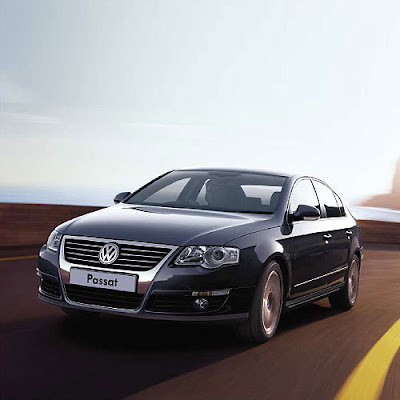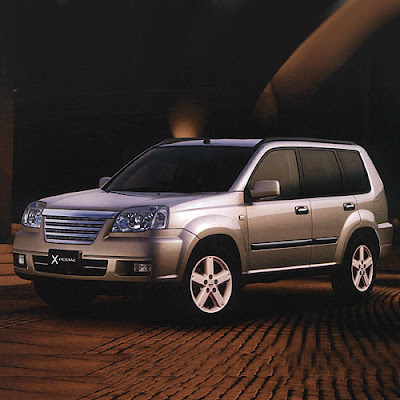
This year round, Detroit was uncommonly mild for the January chill - with only light snow flurries and a temperature hanging around zero. And even then, the crop of luxury convertibles unveiled at the Motor Show seemed somewhat incongruous.
Of course, the new soft-tops launched by Rolls-Royce and Mercedes-Benz are more in keeping with Malibu than Michigan - to attract potential buyers for the Rolls Royce Phantom's Drophead Coupé and the Mercedes-Benz Ocean Drive - who are mainly Hollywood celebrities and other wealthy Californians.
Of course, the new soft-tops launched by Rolls-Royce and Mercedes-Benz are more in keeping with Malibu than Michigan - to attract potential buyers for the Rolls Royce Phantom's Drophead Coupé and the Mercedes-Benz Ocean Drive - who are mainly Hollywood celebrities and other wealthy Californians.
Mercedes at least acknowledged the colder climate of Detroit by displaying the Ocean Drive on a part of its stand that had been turned into an ice rink. The V12-engined car is basically a convertible version of the S-Class with a custom, coachbuilt body. It's something Mercedes is actively considering, and it could be called CLC in the Merc range. It definitely looks good, and we say bring it on!
The good news for those with the money is that Rolls-Royce is definitely building the Phantom Drophead Coupé, and production will start at Goodwood in the summer. The two-door, four-seat convertible is described as "a less formal interpretation of classic Rolls-Royce design". It is derived from the 100EX concept car and uses an aluminium spaceframe to give a combination of rigid bodyshell and low weight. Rolls-Royce Motor Cars Chairman Ian Robertson, told reporters: "The Drophead leads us in a more informal direction, attracting new buyers to the marque." And he confirmed Rolls would expand its range: "In the coming years, other new models will strengthen the company still further.
The good news for those with the money is that Rolls-Royce is definitely building the Phantom Drophead Coupé, and production will start at Goodwood in the summer. The two-door, four-seat convertible is described as "a less formal interpretation of classic Rolls-Royce design". It is derived from the 100EX concept car and uses an aluminium spaceframe to give a combination of rigid bodyshell and low weight. Rolls-Royce Motor Cars Chairman Ian Robertson, told reporters: "The Drophead leads us in a more informal direction, attracting new buyers to the marque." And he confirmed Rolls would expand its range: "In the coming years, other new models will strengthen the company still further.
For people who are considering buying a convertible and are on a slightly lower budget, BMW's new 3 -Series Convertible made its debut too. It's the first BMW to have a retractable electric hardtop roof. The vehicle, which is bound to capture the imagination and the approval of BMW fans, will be launched in the UK in April. Options have already been announced - you can lay your hands on a 325i or 335i version, priced at £33,030 and £37,895 respectively. So does the convertible stand a chance of coming to India? Since it's a hard-top convertible and BMW has big plans for this country, we actually see a good reason to offer it here too...

















































